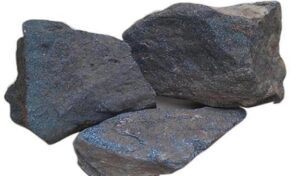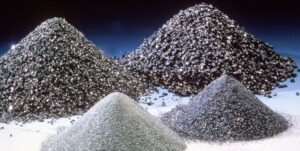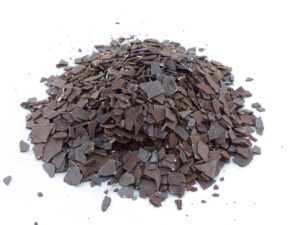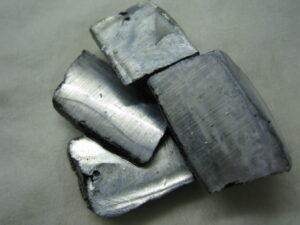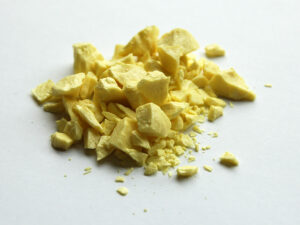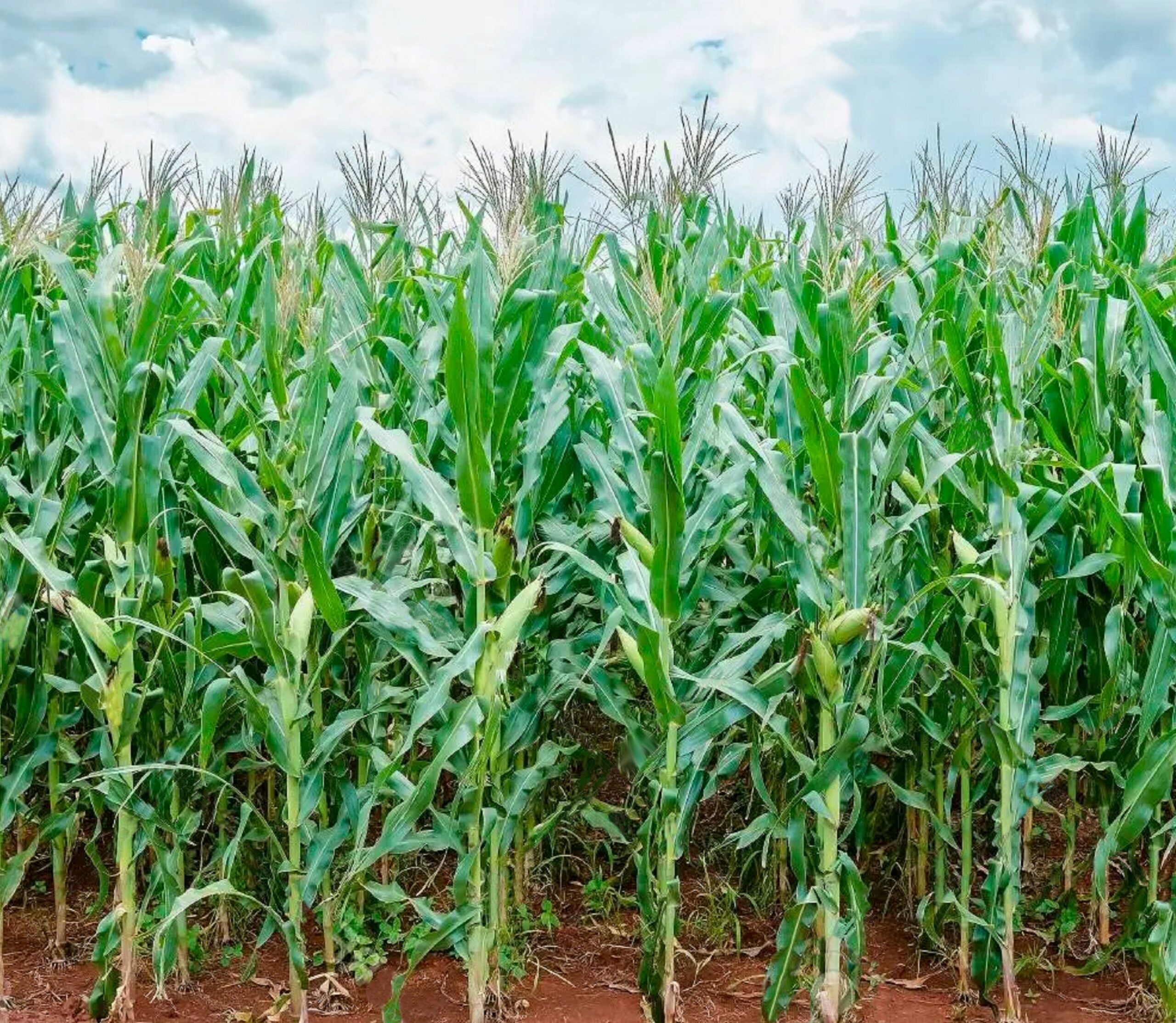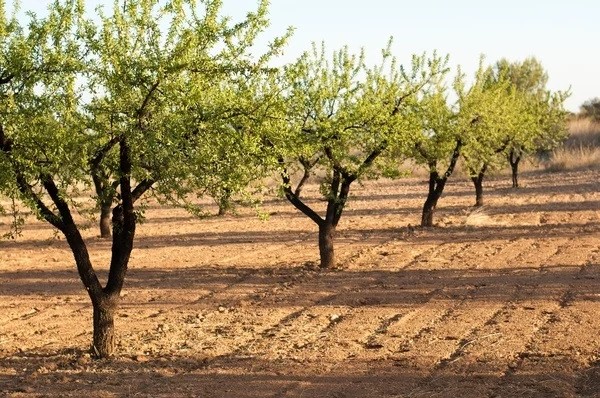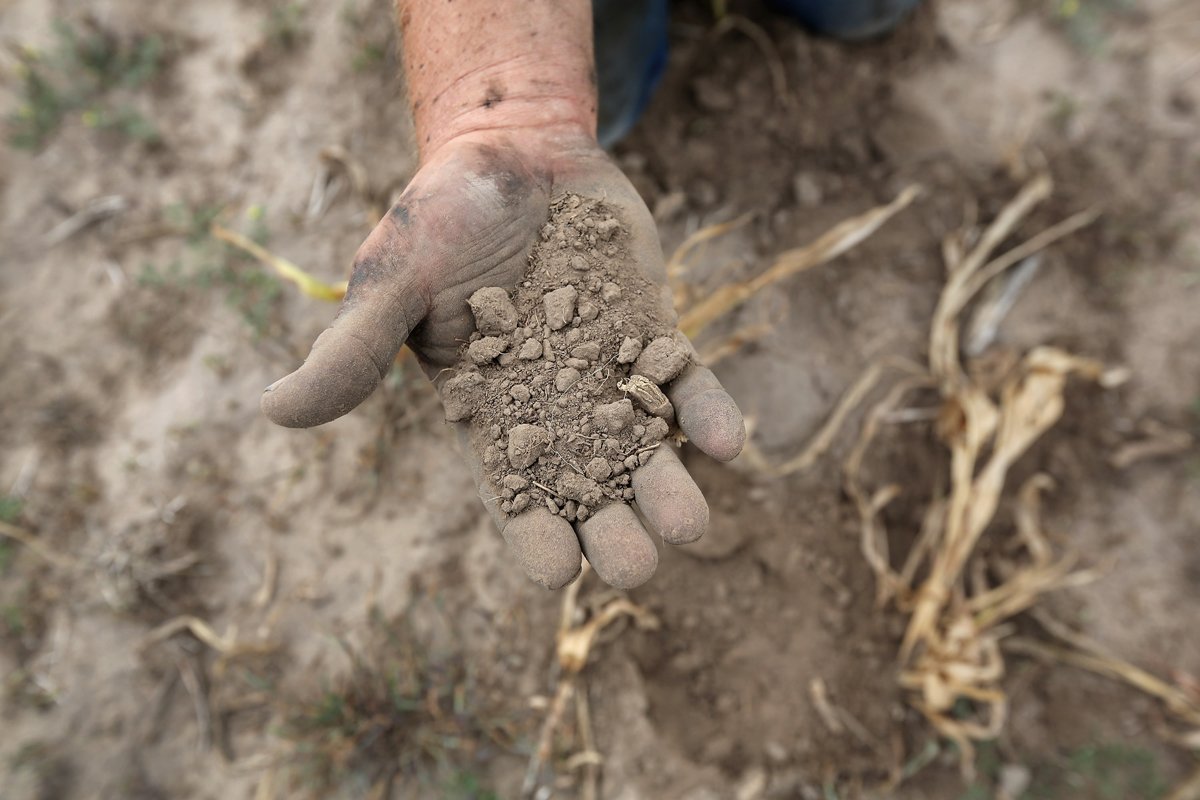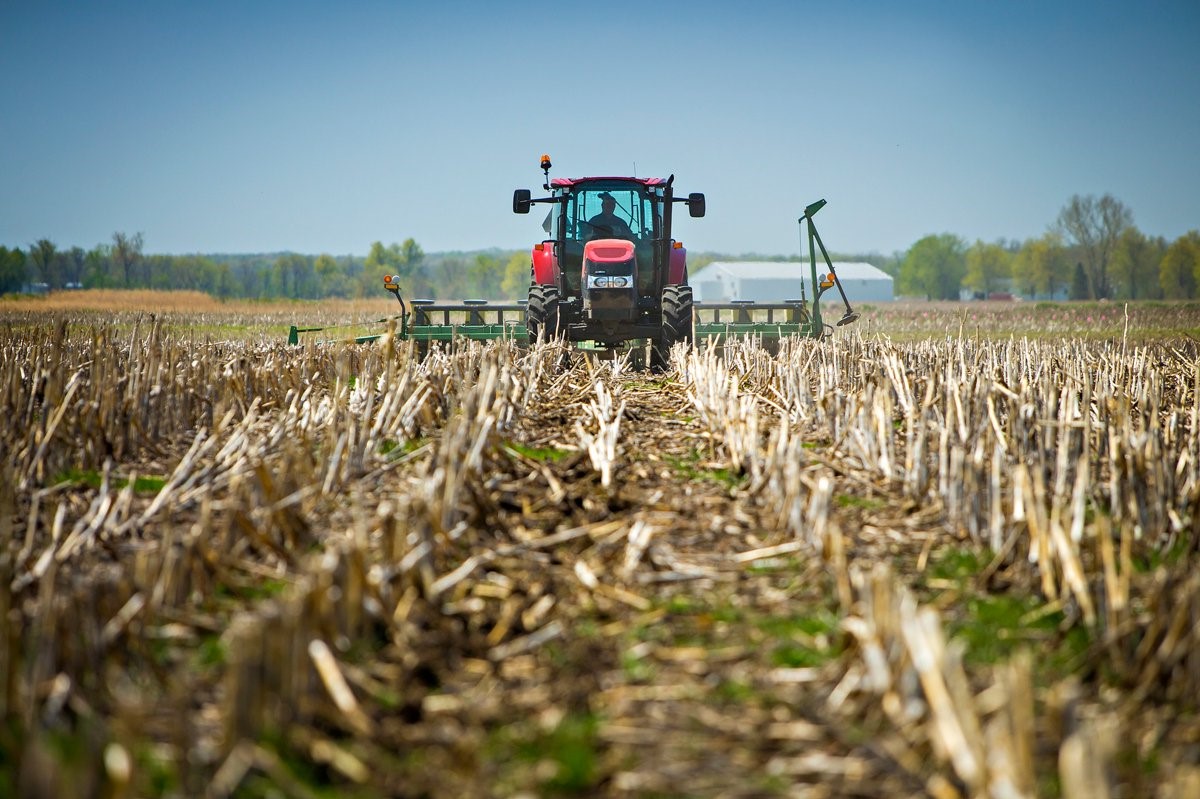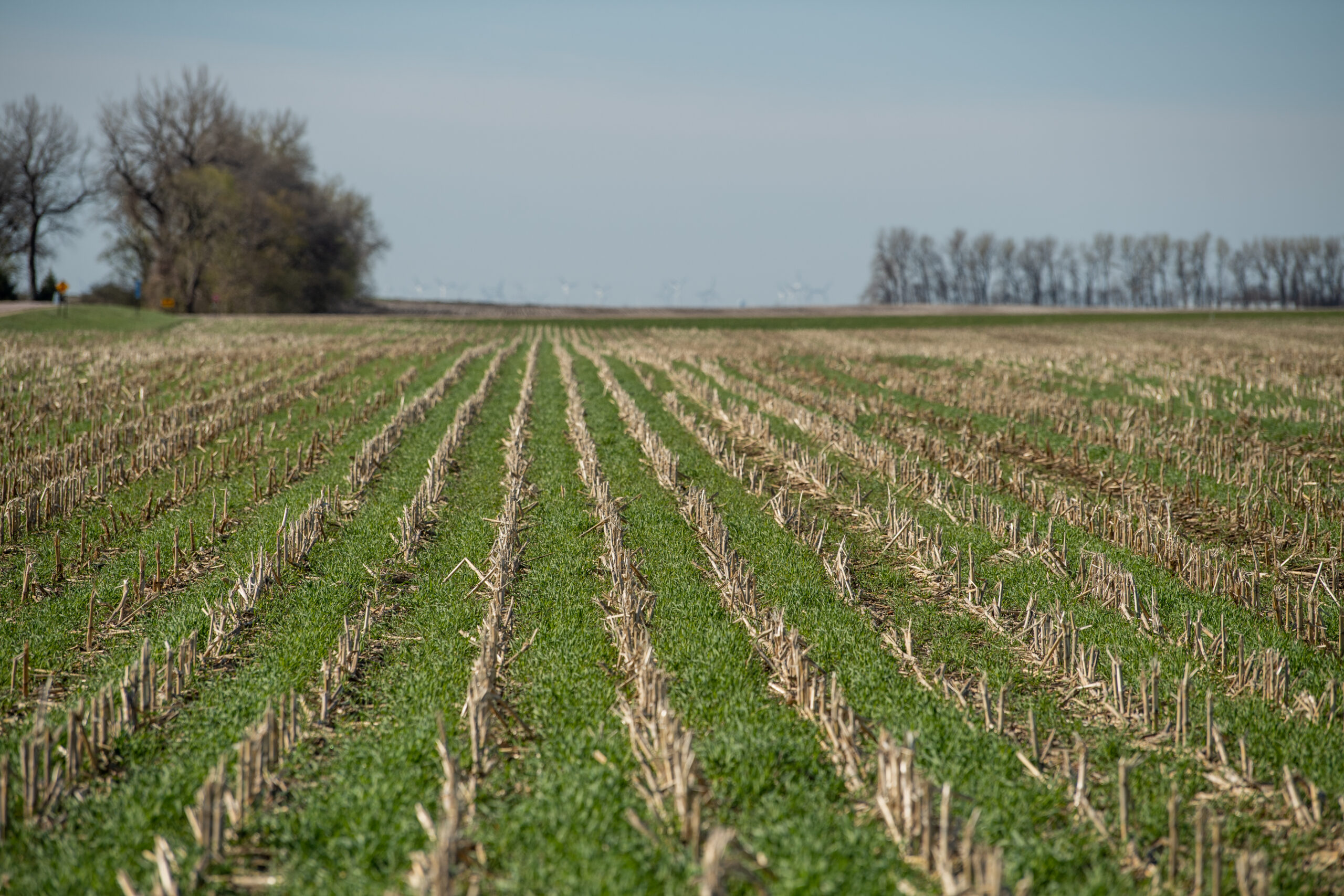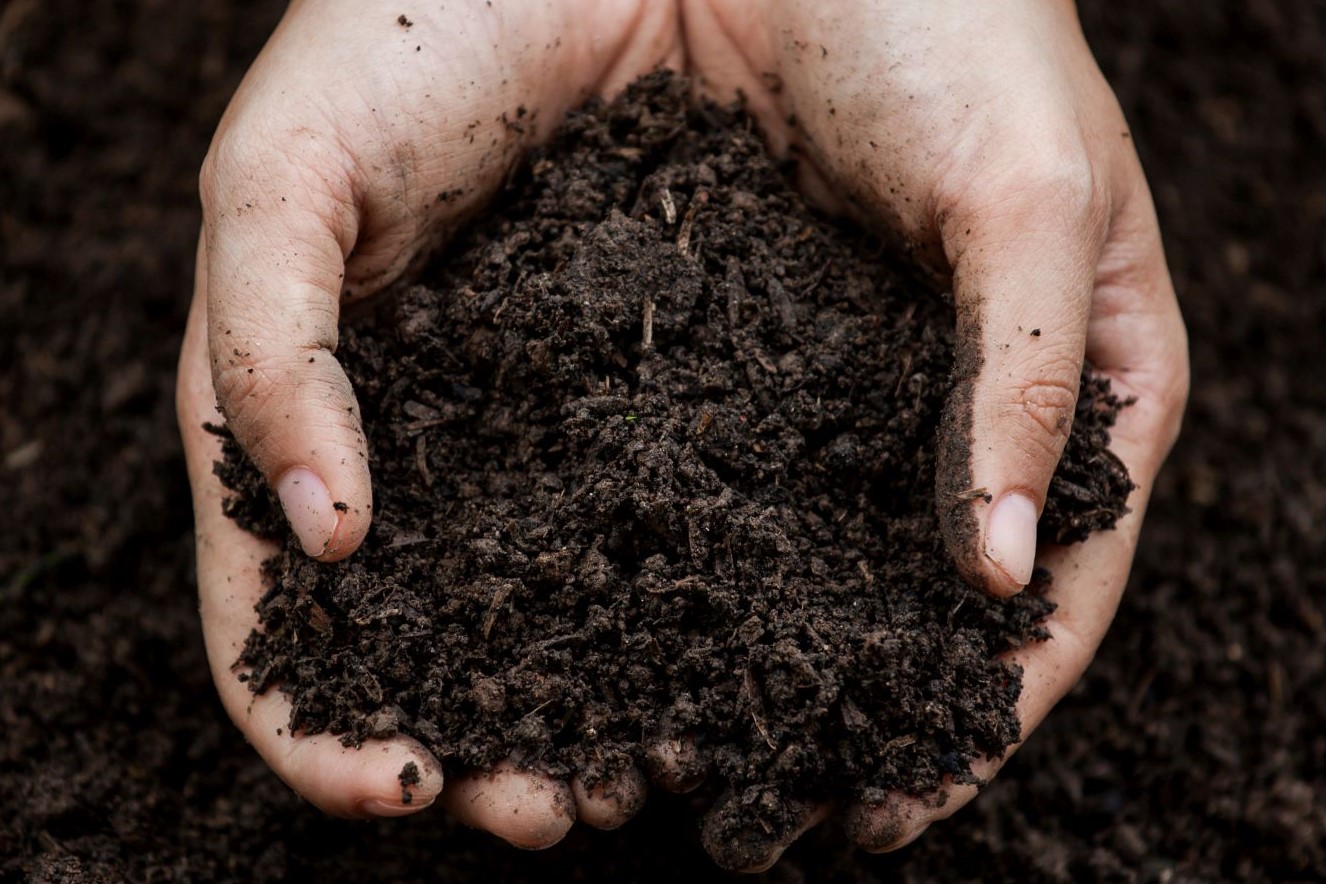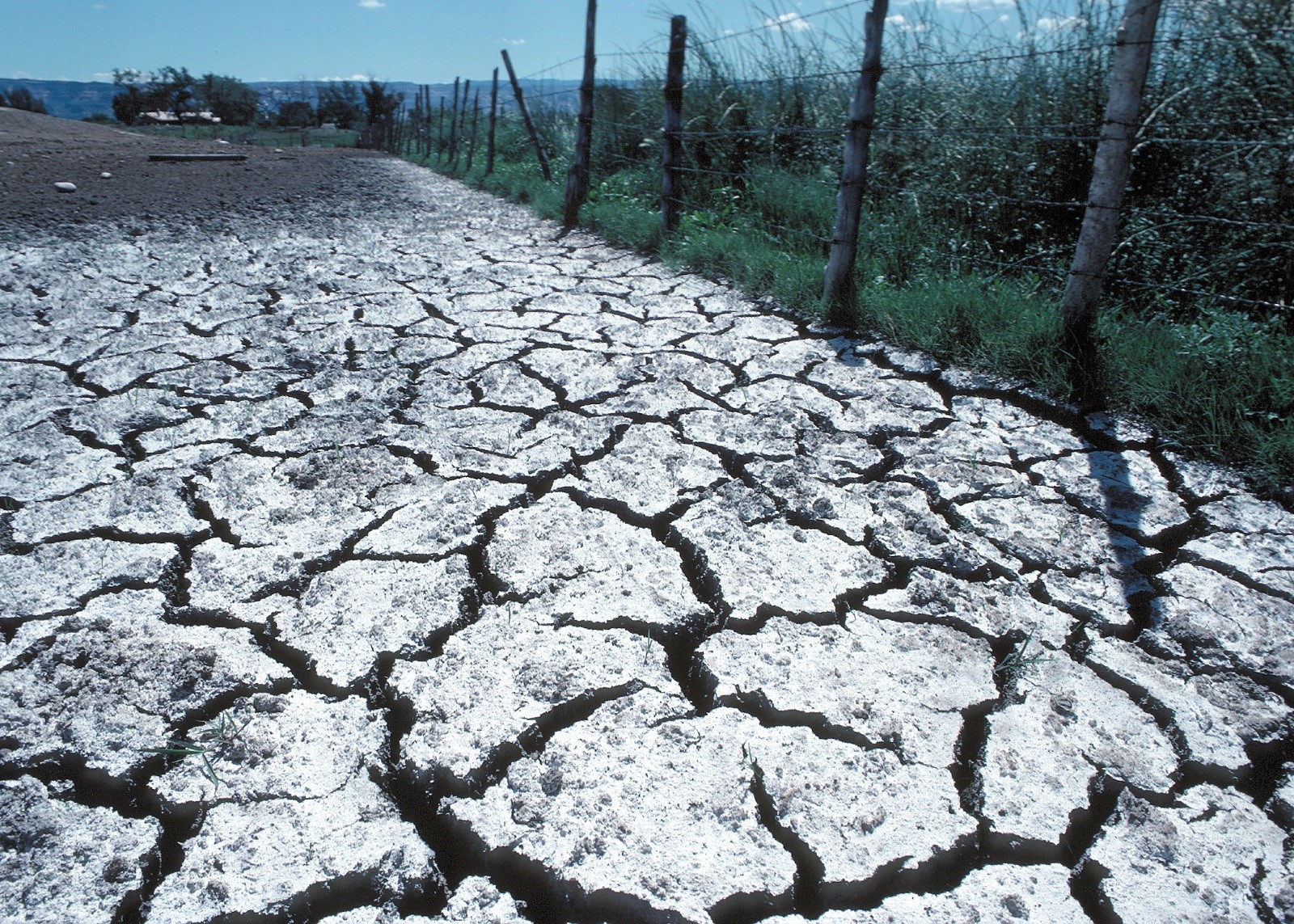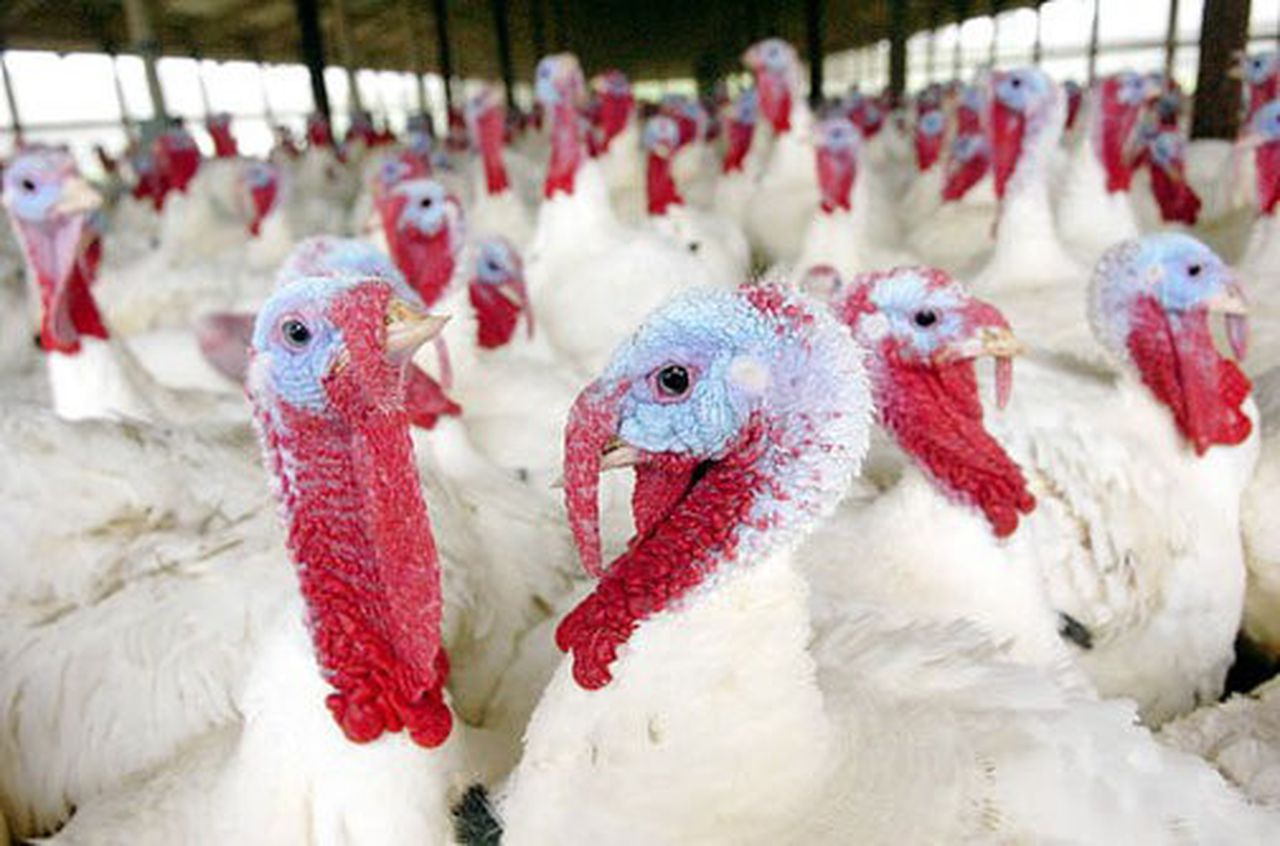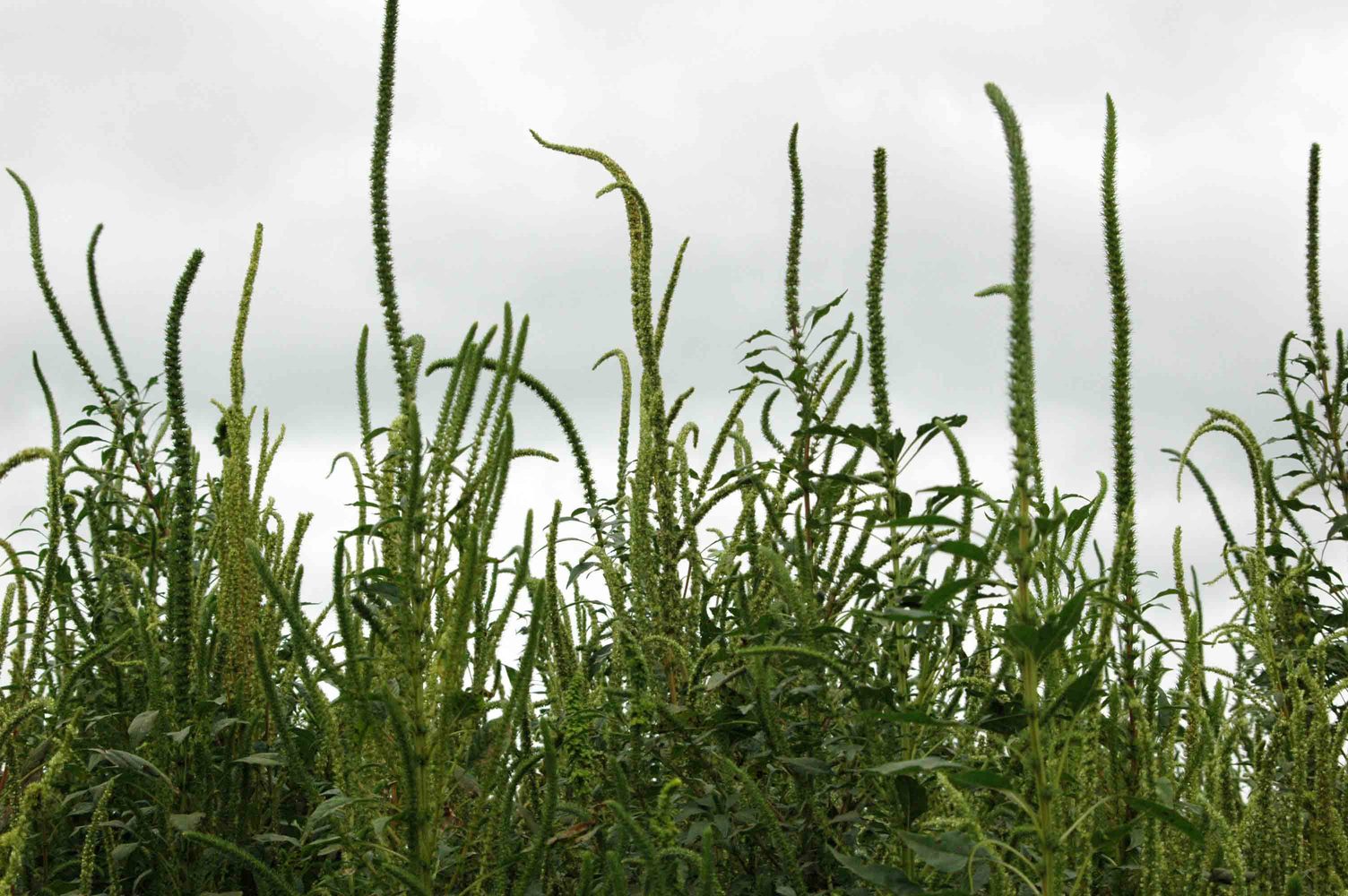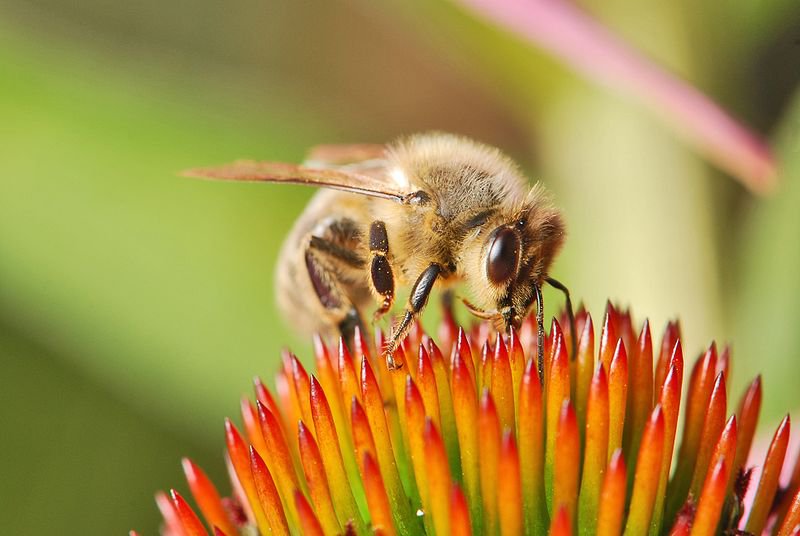Whether it’s turf grass or cash crops and everything in between, we provide the best and latest information about what, how, and when to add to your soil root zone for the best results.
Understanding Macro- and Micro-nutrients
Plant nutrition is the study of the chemical elements and compounds necessary for plant growth, plant metabolism and their external supply. In its absence the plant is unable to complete a normal life cycle, or that the element is part of some essential plant constituent or metabolite. This is in accordance with Justus von Liebig’s law of the minimum. You can read about it here.
The total essential plant nutrients include seventeen different elements: carbon, oxygen and hydrogen which are absorbed from the air, whereas other nutrients including nitrogen are typically obtained from the soil.
- Macronutrients: nitrogen (N), phosphorus (P), potassium (K), calcium (Ca), sulfur (S), magnesium (Mg), carbon (C), oxygen (O), hydrogen (H)
- Micronutrients (or trace minerals): iron (Fe), boron (B), chlorine (Cl), manganese (Mn), zinc (Zn), copper (Cu), molybdenum (Mo), nickel (Ni)
These elements stay beneath soil, so plants consume these elements as ions.
Most soil conditions across the world can provide plants adapted to that climate and soil with sufficient nutrition for a complete life cycle, without the addition of nutrients as fertilizer. However, if the soil is cropped it is necessary to artificially modify soil fertility through the addition of fertilizer to promote vigorous growth and increase or sustain yield. This is done because, even with adequate water and light, nutrient deficiency can limit growth and crop yield.
Naturally Occurring Nutrients
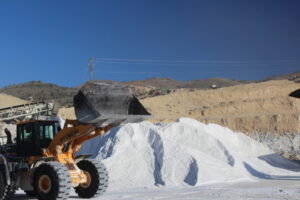
Anhydrite and Dihydrate Gypsum

Limestone

Dolomitic Limestone
Macro and Micro Nutrients
Liebig’s Law of Minimum
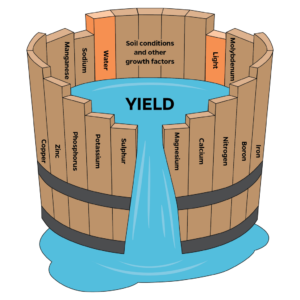
It states that growth is controlled not by the total originality applied to plant growth, where it was found that increasing the amount of plentiful nutrients did not increase plant growth.
News
A Surprising Super Food for Crops
You can’t purchase it through your local [...]
Begin carbon farming by reducing erosion
To sequester carbon, farmers need to conserve [...]
Proper nutrition helps crop get through dry times
During drought conditions, soil nutrient levels may [...]
Climate-smart agriculture
Experiments with gypsum on sugarcane saw significant [...]
Annual forage mix or cover crop?
Cover crops, winter cereal forages such as [...]
Benefits of Biosolids Spread Across Decades of Research for Plant Nutrient Uptake
For more than four decades, biosolids have [...]
Saline And Sodic Soils Can Be Fixed
Calcium sulfate sources like gypsum dihydrate and [...]
Two states report new avian influenza cases
Tennessee and Nebraska have confirmed two new [...]
Why 2022 was such a hard year for Palmer amaranth control
What most crops consider hot is right in [...]
Indiana team IDs microbe that can help halt honey bee decline
Researchers from Indiana University say they have identified [...]




